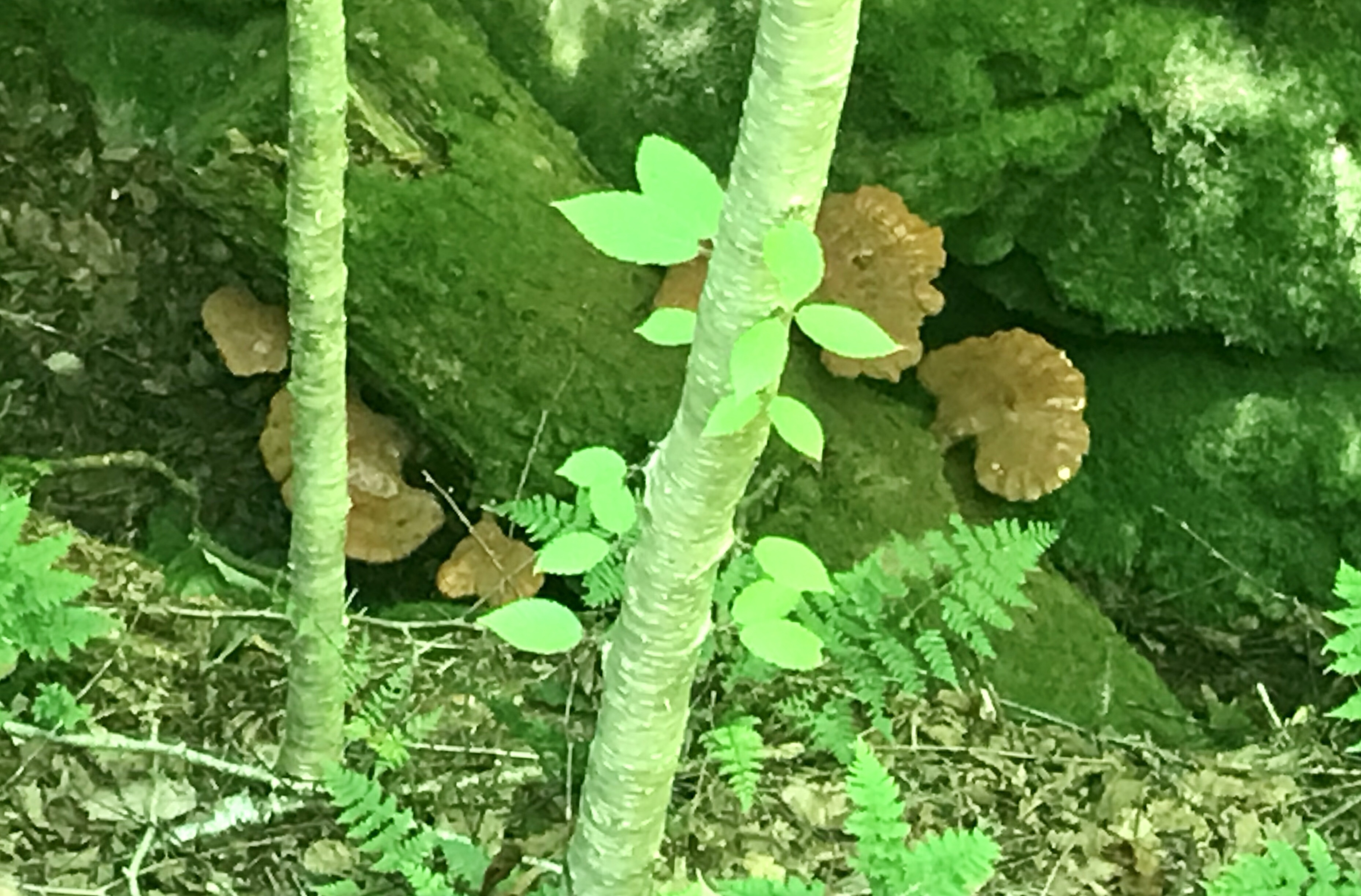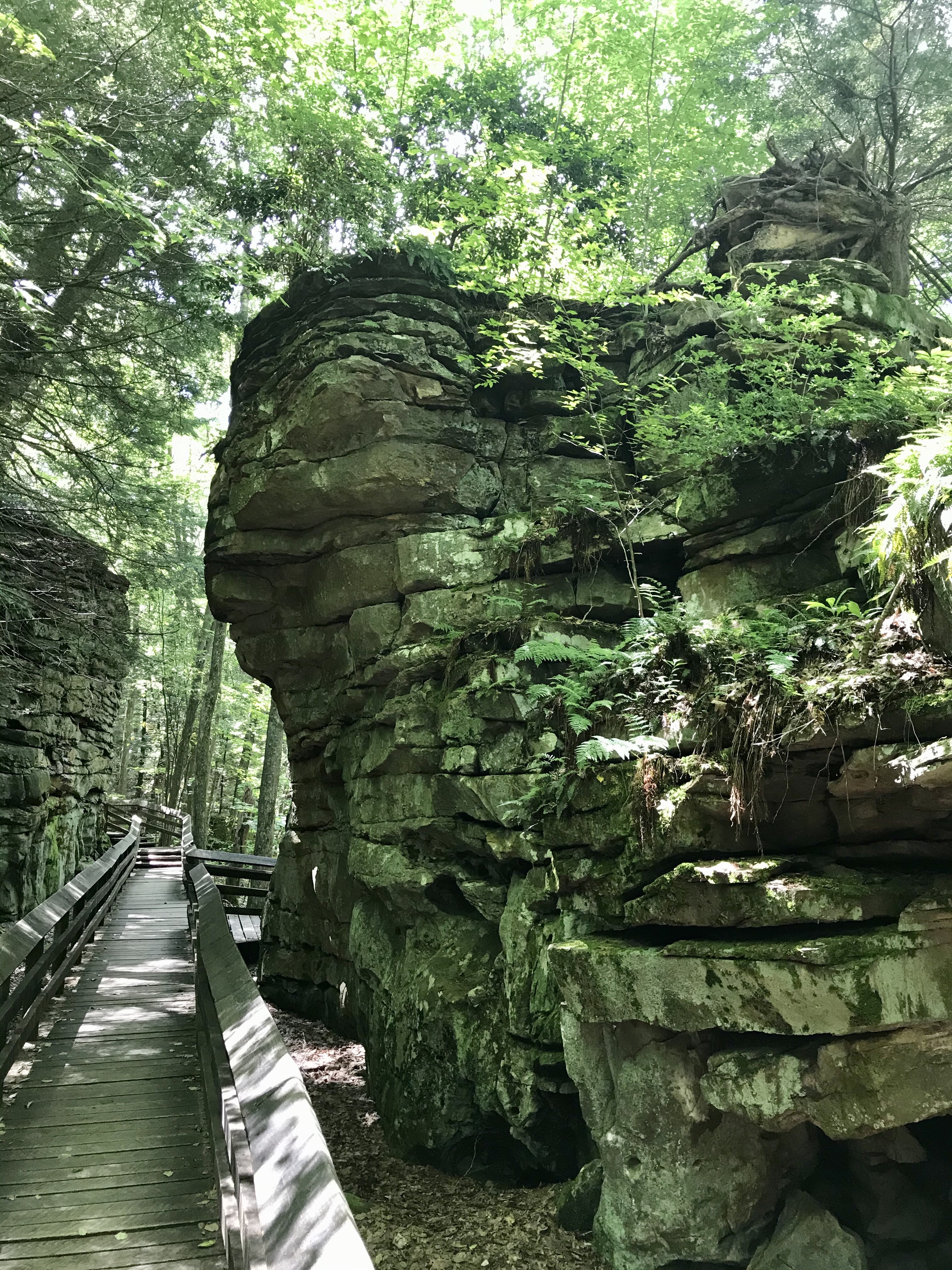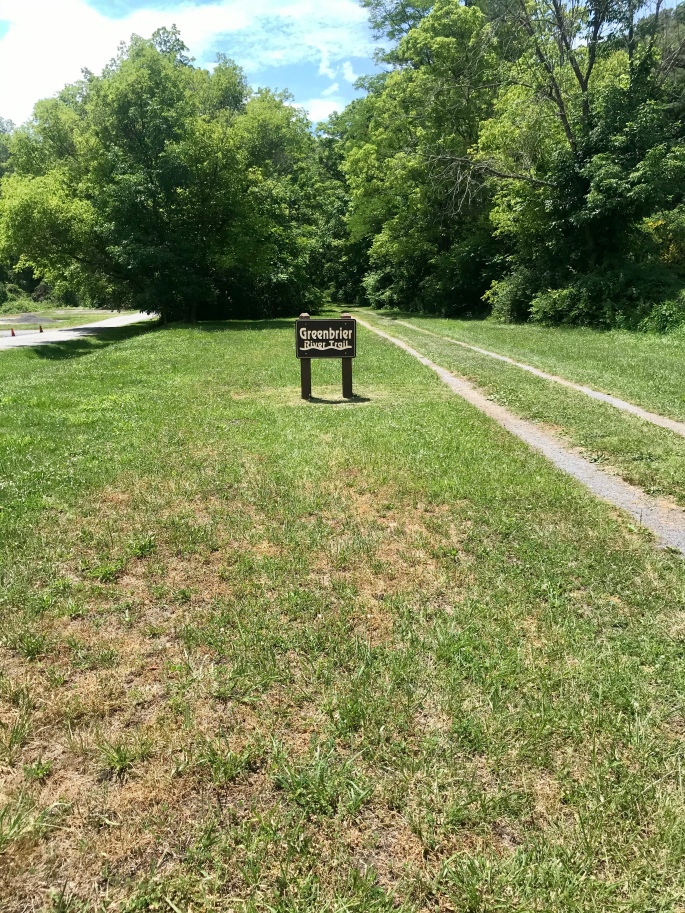“Imagine a world, in which your entire possession is one raspberry, and you give it to a friend.”–Gerda Weissmann Klein
“The tiny seed knew that in order to grow it needed to be dropped in dirt, covered in darkness, and struggle to reach the light.” — Sandra Kring

June sunlight hammered my backside, creating a rivulet of sweat that ran from my hairline, down my neck, and along the bumps of my spine, pooling at the elastic waistband of my athletic shorts. Spikes of dry grass clawed at my shins and calves, while briars needled my forearms. With single-minded focus, I picked the ruby jewels of fruit, one at a time, and slipped them into the bowl as my fingers became brightly tinged with the stain of my efforts. One month later, a similar scene unfolded, only this time my digits were blotched a deep shade of purple.

Berry picking–full of heat, thorns, and insects. Strongly influenced by weather with some seasons offering higher yields of succulent delight, and other years producing little fruit that are often smaller and less juicy. This once per year event can provide a tasty selection of cakes, pies, muffins, salads, and even vinegars or wines; and yet, each tiny tender fruit is celebratory enough to pop, one at a time, onto the tongue allowing taste buds to relish the lush, acidic saccharinity.

As I picked berries this summer, it was a contemplative practice that was part focus, with a bit of melancholy, and part determination, sweat, and even irritation–reminding me of the similarities of berry-picking to life. Many, if not most, memorable life moments require sustained efforts involving work, goal-setting, striving, and set-backs. Depending upon what is produced by one’s endeavors, typically frames whether or not one continues down the same path/plan, or chooses to adjust plans accordingly. Similarly, seasonal berry offerings may not be particularly juicy some years, much less tasty on its own merit; however, when these berries are collectively combined alongside other ingredients in a recipe, the product produced is often a delicious delight–even if it was not what was originally planned.

Likewise, dealing with the bramble, the bugs, the itchy ivy and grasses, the pollen, the heat and humidity, and so forth, may fill the berry-picker with dread even before beginning; and then, one commenced into action, the very act of picking may feel nearly intolerable. Nonetheless, the goal of sweet, tangy fruit impels one to persevere in spite of the struggles and irritations. In fact, even the journey to becoming a fruit producing plant is never easy. It requires that a seed be buried in dirt, dwelling in darkness for some time while laying down roots until ready to slog through the sod, breaking the surface. Even then, the tiny plant must learn to endure all types of weather while simultaneously stretching and extending towards the light before becoming a fruit producing plant. The same is true for humans.

Picking berries is an annual reminder for me that we all must experience the dark, the muck, and the mire in order to strengthen our ability to break through the soil of our despairs. Nevertheless, like the berry bramble, we cannot produce fruit without first developing roots, and then being taught to stretch towards the light in order to grow. Even then, we will still develop thorny parts of ourselves and experience the sting of insects, the heat and cold, as well as life’s seasonal winds. There will be choking weeds and other setbacks (much like many of us are experiencing now). Nevertheless, it is during those very times we must be like the berry plant and keep growing, fixing our eyes upon the heavens, because eventually our efforts will produce fruit. And when those periods of berry-picking occur, we must share our harvest with others and savor the sweet juiciness of the moment because like the weather, life offers continuous change–never standing still for long.

As the Creator divined, there is no light without dark, no happiness without sadness, no rest without work, no pleasure without pain, and no berries without pitfalls and pests. Make the most of good days, for they are the berries, the very sweetness, of life. Imprint those memories into your soul, as one does setting aside berries in the freezer, so when the weeds of life threaten and clouds seem ready to burst, you can retrieve those frozen memories, and be reminded that this too will pass. The light that is within and around you will help, once more, enjoy another season of berry-picking.

From my home to yours, I wish you a freezer full of good memories and berries! Here are a couple of recipes to enjoy . . .

*Raspberry Lemon Muffins
Ingredients:
1 tablespoon flaxseed + 3 tablespoons of water (Can substitute with one large egg.)
Zest from one lemon
1 cup + 2 tablespoons flour (I use gluten free flour.)
1 cup old fashioned rolled oats* (I use certified gluten-free oats.)
2 teaspoons baking powder
1 teaspoon baking soda
¾ teaspoon salt
⅔ cup sugar (I used Swerve brand sugar replacement.)
⅓ cup melted butter (I used plant-based replacement.)
¾ milk (I used a plant based version.)
2 tablespoons lemon juice
2 teaspoons vanilla extract
*2 cups raspberries or blackberries (Fresh are best, but frozen will work, but may require a bit longer baking time.)
White sparkling sugar (Optional)
Directions:
In a small bowl, add both flaxseed and water. Gently stir and place in the refrigerator for later use.
Zest one lemon, and set aside for later use.
Preheat the oven to 375 degrees.
Line 12 muffin tins with a parchment paper.
In a small bowl, place raspberries and sprinkle with 2 tablespoon of flour. Toss gently until all raspberries are evenly coated.
In a small bowl, combine the flour, oats, baking powder, baking soda and salt. Set aside.
If possible, use a stand mixing bowl to whisk together lemon zest with sugar for two minutes until light and fluffy.
Mix melted butter, milk, lemon juice, and vanilla extract into lemon/sugar mixture.
Stir in dry ingredients into wet ingredients and mix until just combined.
Gently fold in flour coated raspberries into batter.
Divide batter evenly among 12 muffin cups.
Sprinkle with white sparkling sugar if desired.
Bake for 22-25 minutes or until muffins are golden brown and toothpick inserted in the center comes out clean.
Makes 12 muffins.
Allow muffins to cool in the pan for 5 minutes, then turn upside down on the cooling rack, and immediately right them on the rack for proper cooling.
Muffins can be stored at room temperature; however, since there is fresh fruit in them, I prefer to store them in an airtight container in the refrigerator once completely cooled. They can also be frozen for up to 3 months.
Serve warm or cold. They are delicious plain or served with butter, honey, agave, or other favorite topping.
Bonus Recipe:
*Raspberry Buckle
Ingredients for Buckle –the cake part:
¾ cup sugar
¼ cup soft shortening
1 egg
½ cup milk
Zest from one lemon
2 tablespoons of lemon juice
2 teaspoons pure vanilla extract or powder
2 cups + 2 tablespoons flour
2 teaspoons baking powder
½ teaspoon salt
*2 cups raspberries or blackberries (Fresh are best, but frozen will work, but may require a bit longer baking time.)
Ingredients for topping:
½ sugar
⅓ cup flour
½ teaspoon cinnamon
¼ cup softened butter
Directions:
Zest lemon, and set aside.
Mix together ingredients for topping, and set aside.
Place raspberries in a bowl, gently sprinkle and coat with 2 tablespoons of flour, and set aside.
Prepare 9” x 9” baking pan with nonstick cooking spray
Preheat the oven to 375 degrees.
Using a mixer, mix together sugar, shortening, and egg.
Stir in milk, lemon zest, lemon juice, and vanilla.
In a separate bowl, blend together dry ingredients.
Mix dry ingredients into wet ingredients until just combined.
By hand, gently fold-in in raspberries.
Carefully spread into the prepared baking pan.
Spread topping over all of the batter.
Bake for 45-55 minutes or until the topping is golden brown and a toothpick inserted in the center comes out clean.
Allow to cool 10-20 minutes before serving warm.
Once cooled, stored in the refrigerator.
Leftovers can also be stored in an airtight container for up to 3 months.
Makes 9 servings.


























































































































































































